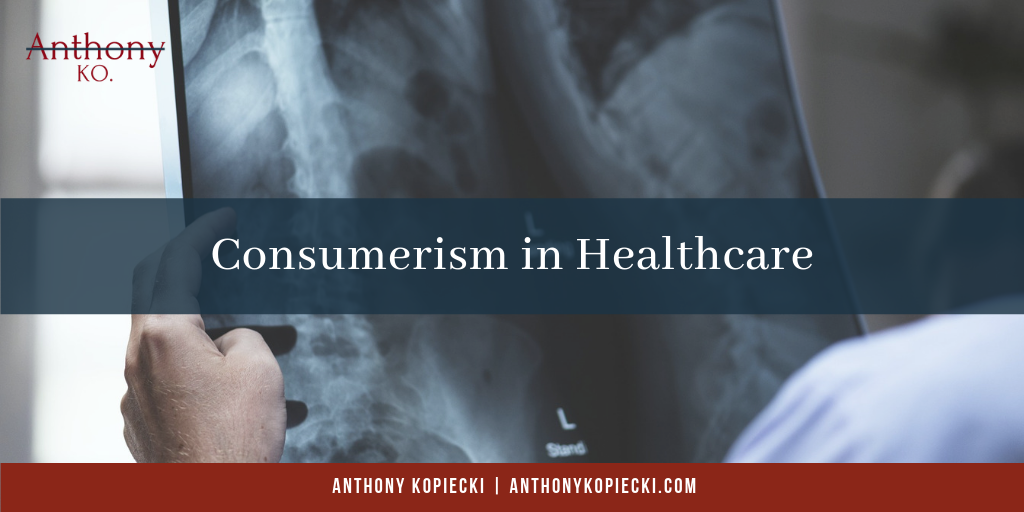Is consumerism a big deal in the healthcare industry? Many have asked this question over the past few years, and ultimately, the answer is, yes. Healthcare companies who choose to understand the patient to increase engagement have a significant chance to rework the entire system. What exactly goes into healthcare consumerism?
Defining Healthcare Consumerism
Healthcare consumerism is all about putting more power in the hands of the patient. This includes economic purchasing power and decision making. Overall, the goal of healthcare consumerism is to empower the patient to become entirely involved in all decisions related to their health. Encouraging patients to pay attention to costs and care creates the opportunity to “improve patient outcomes while reducing costs and driving efficiencies throughout the healthcare industry.”
Luckily, some consumers want to manage all aspects of their healthcare better. This is raising expectations when it comes to affordability, continuity, digital access, and engagement.
Affordability: Consumers are more than ever starting to pay attention to how much their care costs. This includes but is not limited to medical costs, what treatments are covered, and understanding medical bills.
Continuity: This refers to the quality of care a patient receives over time. According to a study by McKinsey & Company, “Many consumers do not have continuity in their healthcare ecosystem, whether the ecosystem is defined as insurance coverage or care provision (where or from whom they receive care).” Many transition from one form of coverage to another (i.e., commercial insurance to Medicaid) and will no longer have a primary care physician.
Digital Access: Consumers continue to want digital tools incorporated into healthcare treatment and delivery. The same study by McKinsey & Company revealed that using telehealth solutions, access to EHRs via an online portal, and online scheduling are growing in popularity. There is also a greater interest in digital engagement as well.
Engagement: Patients want to make the right choices when it comes to their healthcare; there’s just no easy way to do it with the current system in place. Providers need to find ways to meet this need. This can be accomplished by providing education that helps the consumer understand costs and incentivizing the consumer (if it leads to lower costs).
By understanding the facets that drive consumer engagement, healthcare companies can increase their competitiveness and leverage these needs to create more appealing experiences.

